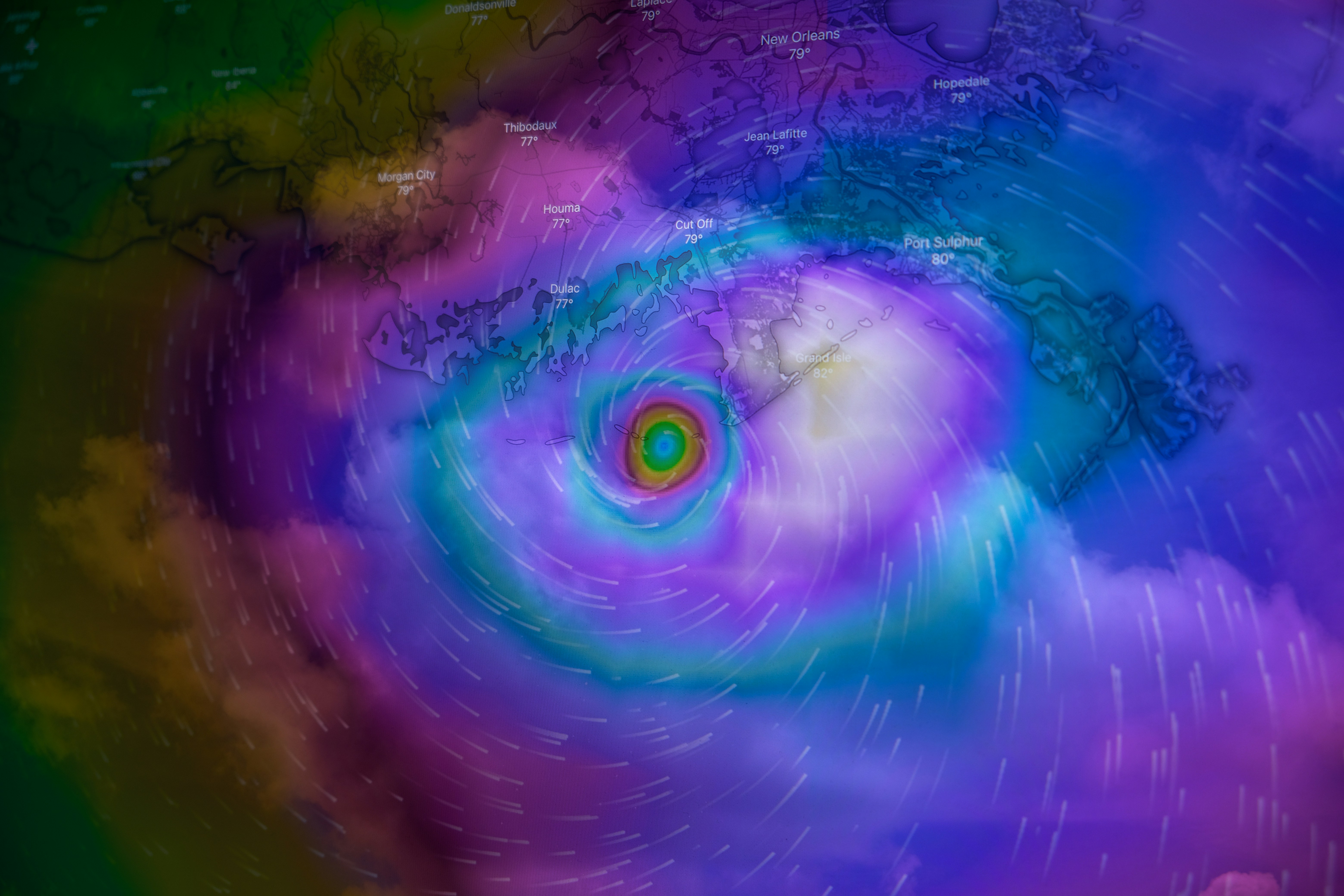Introduction
Hurricanes are a formidable force of nature, bringing not only destructive winds and flooding but also an urgent need for innovation in damage mitigation. As climate change contributes to the increasing intensity and frequency of these storms, it’s crucial to seek and implement new strategies to protect lives, property, and communities. From cutting-edge technology to practical building modifications, innovative solutions are key to minimizing the impact of hurricanes.
Technological Advances in Mitigation
The advent of technology has paved the way for numerous innovations in hurricane damage prevention and response. One promising development is the use of drones for rapid damage assessment. These unmanned aerial vehicles can quickly survey affected areas, allowing for more efficient allocation of resources and emergency services. Additionally, drones provide vital data on structural damage, which is invaluable for planning recovery efforts.
Moreover, predictive modeling using artificial intelligence (AI) has significantly improved hurricane forecasting accuracy. AI algorithms analyze vast amounts of meteorological data to predict the path and intensity of storms with greater precision. These advancements allow communities and individuals more time to prepare and implement safety measures. Learn more about AI’s role in hurricane preparedness [here](https://helpnowproject.org).
Structural Innovations: Building for Resilience
Building codes and construction techniques have seen significant updates in recent years, emphasizing hurricane resilience. One of the most effective methods is the use of hurricane-proof building materials, such as impact-resistant windows and reinforced concrete. These materials are designed to withstand extreme wind pressures, minimizing the likelihood of structural failure during a hurricane.
Innovative architectural designs also play a critical role in reducing damage. Elevated structures and flood-resistant basements are becoming standard in hurricane-prone areas. These features protect buildings from both wind and water damage, ensuring that homes and businesses remain intact even during severe storms.
For more information on adapting building codes for hurricane resilience, visit [this article](https://helpnowproject.org/adapting-building-codes-for-hurricane-resilience).
Community-Based Solutions
While technology and building innovations are crucial, community-based solutions can also mitigate hurricane damage. Strong local response plans, driven by community participation, ensure timely and effective action during emergencies. Programs that educate residents about storm preparedness and evacuation procedures are essential.
Volunteer training in emergency response not only enhances local capabilities but also fosters a culture of resilience. Community drills simulate hurricane scenarios, providing practice for residents and first responders to react promptly and efficiently. If you’re interested in participating, consider joining our volunteer initiatives [here](https://helpnowproject.org/join-now).
Insurance and Financial Strategies
Financial preparedness is another essential component of hurricane damage mitigation. Adequate insurance coverage can mean the difference between quick recovery and prolonged financial hardship. Homeowners in hurricane zones should ensure their policies include flood and wind damage coverage.
For those without insurance, financial assistance programs offered by government agencies can provide a safety net. Understanding these resources before a storm strikes ensures a faster and more organized response to hurricane damage. Explore more about these programs on [the FEMA website](https://www.fema.gov).
Green Solutions: Nature-Based Defense
Increasingly, environmental strategies are being integrated into hurricane mitigation efforts. Restoring coastal ecosystems like mangroves and wetlands serves as a natural barrier against storm surge and flooding. These ecosystems absorb wave energy and reduce water flow speed, protecting inland areas from severe flooding.
Communities adopting these green solutions often experience a dual benefit: enhanced natural beauty and increased protection against storms. Moreover, such initiatives contribute to biodiversity conservation, providing habitats for various species. For more information on sustainable practices, visit [this link](https://helpnowproject.org/blog).
Conclusion
As the threat of hurricanes looms larger with the changing climate, the need for innovative solutions becomes ever more urgent. By embracing technological advances, structural innovations, community initiatives, and financial strategies, we can greatly mitigate the impact of these devastating storms. Together, we can build a more resilient future, safeguarding our communities against the relentless forces of nature.
Stay informed and prepared for the hurricane season by subscribing to our updates [here](https://helpnowproject.org/subscribe), and join us in our mission to enhance disaster preparedness through training and community engagement.

